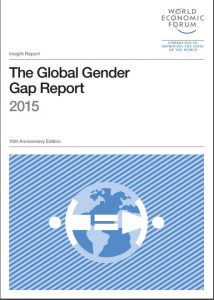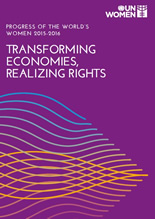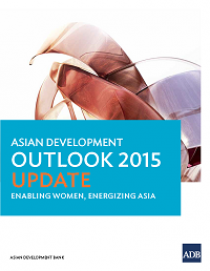Gender
East and Southeast Asian countries are ageing fast and a key challenge of this demographic trend is the capacity of women to meet financial needs in old age

“Through the Global Gender Gap Report, the World Economic Forum quantifies the magnitude of gender-based disparities and tracks their progress over time. While no single measure can capture the complete situation, the Global Gender Gap Index presented in this Report seeks to measure one important aspect of gender equality: the relative gaps between women and men across four key areas: health, education, economy and politics. The Index points to potential role models by revealing those countries that—within their region or income group—are leaders in distributing resources more equitably between women and men, regardless of the overall level of available resources.”

UNWomen (2015) Progress of the World's Women 2015-2016 : Transforming economies, realizing rights
Type: Report | General
Access: Public
“Progress of the World’s Women: Transforming economies, realizing rights, provides a timely, action-oriented counterpoint to the Beijing+20 findings. With a view to changing both economic and social institutions, it distils and confronts the most glaring gaps between the laws and policies that guarantee equal rights for women and girls, and the reality on the ground. The drive to achieve substantive equality – making rights real for women – is at the heart of this Progress report, and it provides the evidence and recommendations for public action to achieve it.”

ADB(2015) Asian Development Outlook 2015 Update: Enabling Women, Energizing Asia
Type: Report | Asia
Access: Public
“ADO 2015 Update draws attention to the unfinished agenda for gender equality, as Asian women are still disadvantaged in terms of education and workforce participation.”
World Bank. (2012). World Development Report 2012: Gender Equality and Development.
Type: Report | General
Access: Public
World Bank. (2012). Toward Gender Equality in East Asia and the Pacific
Type: Report | Asia
Access: Public
ADB(2015) Women in the Workforce: An Unmet Potential in Asia and Pacific
Type: Report | Asia
Access: Public
Type: Report | Asia
Access: Public
UNStats. (United Nations Statistics Division) Global Gender Statistics Programme
Type: Database | General
Access: Public
World Bank (2016) Women, Business and the Law 2016: Getting to Equal
Type: Report | General
Access: Public